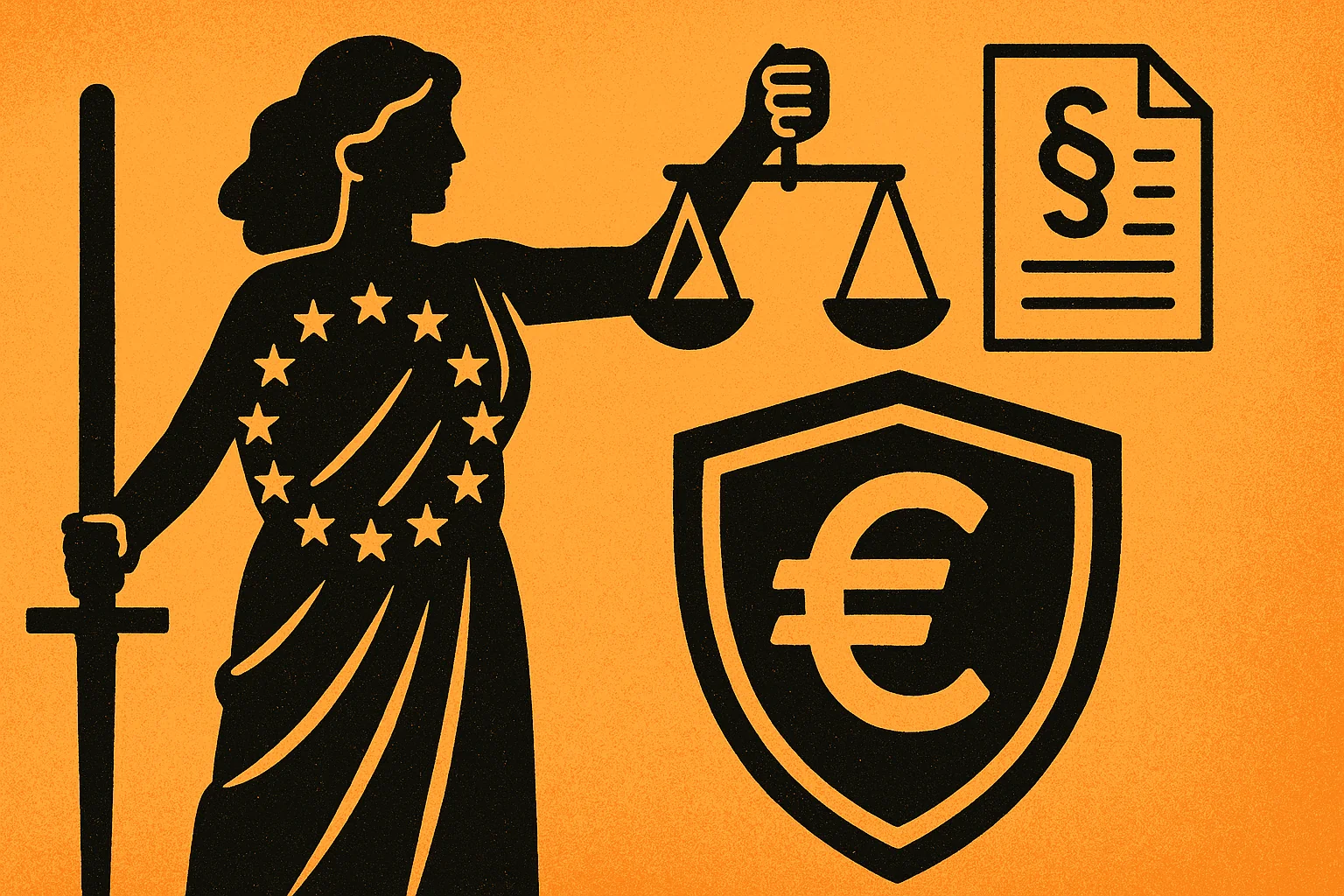The European Union today offers a unique model for using legislation not only to regulate the market, but to build its economic power and reshape its position in the world. In a turbulent global moment - technological acceleration, geopolitical crises, supply chain disruptions - Brussels has realized that its real leverage lies not in military power, but in its ability to craft rules that, over time, become the rules for everyone.
With more than 450 million consumers and 18 percent of the global economy, the European single market has become a massive platform that imposes its standards on global companies, which are forced to comply, because ignoring the world's largest single market is no longer an economically viable option.
This is known as the "Brussels effect," whereby internal legislation is transmitted to the outside world without additional effort. This is clearly seen in the GDPR, which imposed fines amounting to €5.88 billion and forced more than 20 million companies around the world to modify their systems.
Similarly, European food and environmental standards have become the benchmark against which exports from countries as far away as Turkey, China, and Africa are measured. Imports are subject to the same safety and environmental standards as within Europe, in many cases driving out companies unable to afford the cost of compliance. In competition, Google alone was fined over €11 billion for abusing its dominant position, forcing the company to modify its products on a global scale, not just a European one.
The European Green Deal has redefined climate policy as industrial policy as well. The ETS, which covers 40 percent of the continent's emissions, has made carbon a direct cost of production.With CBAM, imported goods pay the same emissions cost as European producers, effectively forcing exporting countries to improve their technology or lose the European market. Estimates suggest that imports of aluminum and fertilizers covered by CBAM will fall between 4% and 26% over the coming years, as countries like China and Russia seek to adjust their production mix to reduce emissions so as not to lose market share.
This legislative shift also extends to the automotive sector, where the EU has set a target of zero emissions for new cars by 2035, which has already led to the share of electric vehicles rising to 15.5% of 2023 registrations and the reorientation of global production lines towards Europe.
With the energy crises and the war in Ukraine, the legislation took on a more "economic shield" role. In just two years, Europe's dependence on Russian gas dropped from 45% to around 15% thanks to mandatory storage legislation and diversification of energy sources.In the same vein, the European Chip Law aims to double the Union's share of global production to 20%, while the Critical Raw Materials Law imposes targets to extract and process up to 40% of needs within the continent by 2030. With 199 anti-dumping and unfair subsidy measures, Brussels now protects more than 625,000 jobs in sensitive industries such as steel, aluminum, and chemicals.
The EU uses access to its market as leverage to force improvements in labor rights and the environment through so-called "conditional trade." Vietnam, for example, has changed labor laws and ratified key international agreements in exchange for a trade deal with the EU, while Cambodia and Sri Lanka have lost extensive trade concessions due to human rights violations. Even a deal with Mercosur remains on hold until strong commitments are made to prevent deforestation in the Amazon.
However, the paper does not hide the limits of European regulatory power. Legislation alone does not produce technology. Europe still lags behind in the artificial intelligence race, in creating digital giants, and in funding research at a level that competes with the United States or China. Its spending on research and development is only 2% of GDP, compared to 3.5% in the United States, which leads to the leakage of thousands of researchers abroad every year. The paper emphasizes that maintaining European economic superiority requires combining the power of legislation with the power of investment and innovation, otherwise Europe will turn into a rule-making power but dependent on others to produce technology
In the end, this analysis reveals that the EU is building an unprecedented model that combines green legislation, consumer protection, economic security, and international influence, but it is a model based on delicate balances: between environmental protection and the cost of industry, between trade openness and protectionism, between spreading standards and respecting the sensitivity of partners." Europe's success on this path will determine whether it will remain a central player in the global economy or fall behind emerging technological and industrial powers.
To view the video and read the full analysis paper, please scroll down

Comments